Our podcast on the science and technology making the news. This week, we speak to Jennifer Doudna, the Nobel laureate who pioneered the revolutionary tool | Podcasts.
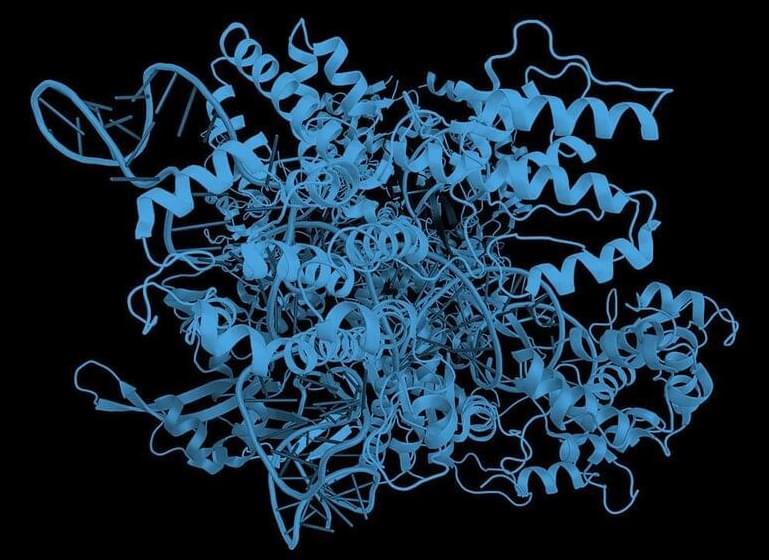

Eradicating Cancer With A Universal Preventative Cancer Vaccine — Dr. Stephen Johnston, Ph.D., ASU Biodesign Institute / Calviri
Dr. Stephen Johnston, Ph.D. (https://biodesign.asu.edu/stephen-johnston) is the Director for the Center for Innovations in Medicine (https://biodesign.asu.edu/Research/Centers/innovations-medicine), a Professor in the School of Life Sciences, and Director of the Biological Design Graduate Program at The Biodesign Institute at Arizona State University.
Dr Johnston is also Founding CEO and Chairman of the Board Of Directors of Calviri (https://calviri.com/).
The Center for Innovations in Medicine and Dr. Johnston’s current work focuses on innovative solutions to fundamental problems in bio-medicine, and their organization brings together a unique group of interdisciplinary scientists to identify, analyze, and come up with inventive solutions for significant un-met medical needs.
Current major translational sciences and technology development projects of Dr. Johnston include 1) Cancer Eradication: with a focus on developing a universal, preventative cancer vaccine, and 2) Health Futures: with an aim of producing a diagnostic system that allows continuous monitoring of the health status of healthy people — helping in the revolution to pre-symptomatic medicine.
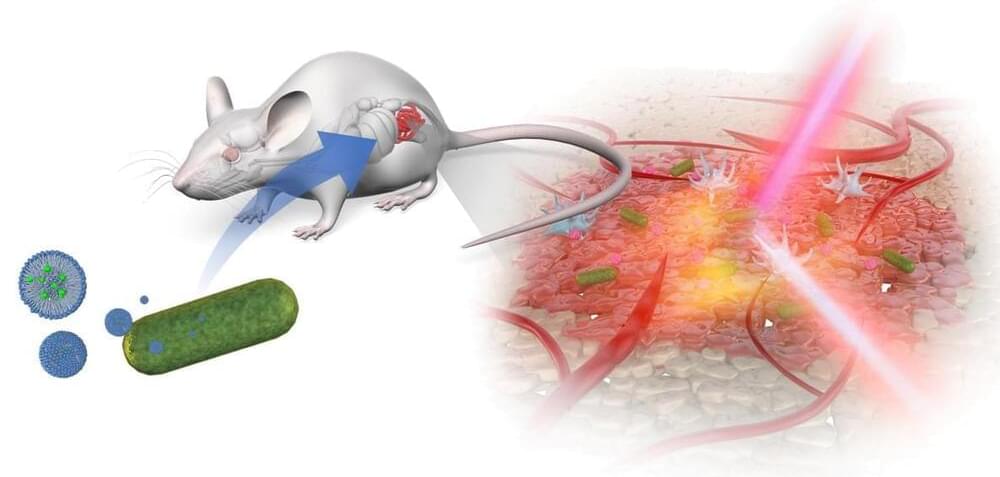

The dissemination of synthetic biology into materials science is creating an evolving class of functional, engineered living materials that can grow, sense and adapt similar to biological organisms.
Nature has long served as inspiration for the design of materials with improved properties and advanced functionalities. Nonetheless, thus far, no synthetic material has been able to fully recapitulate the complexity of living materials. Living organisms are unique due to their multifunctionality and ability to grow, self-repair, sense and adapt to the environment in an autonomous and sustainable manner. The field of engineered living materials capitalizes on these features to create biological materials with programmable functionalities using engineering tools borrowed from synthetic biology. In this focus issue we feature a Perspective and an Article to highlight how synergies between synthetic biology and biomaterial sciences are providing next-generation engineered living materials with tailored functionalities.
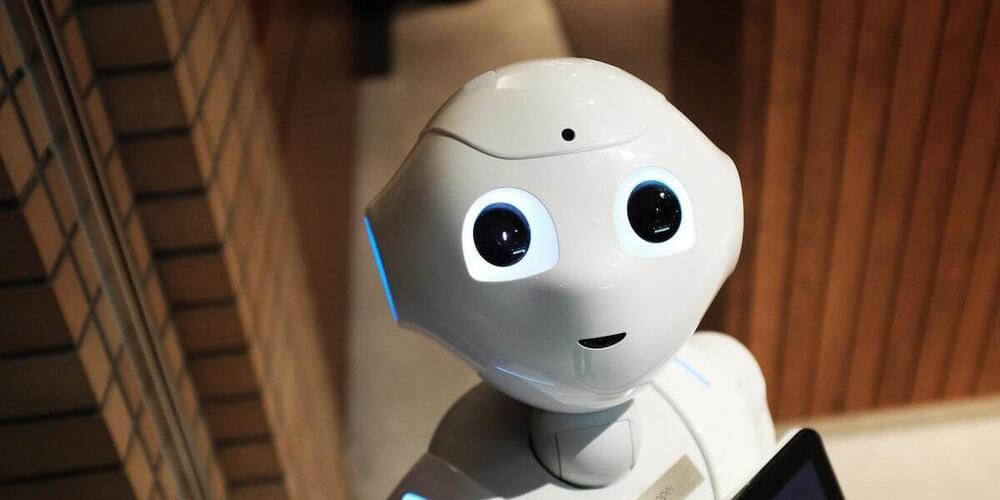
Whether a computer could ever pass for a living thing is one of the key challenges for researchers in the field of Artificial Intelligence. There have been vast advancements in AI since Alan Turing first created what is now called the Turing Test—whether a machine could exhibit intelligent behavior equivalent to, or indistinguishable from, that of a human. However, machines still struggle with one of the fundamental skills that is second nature for humans and other life forms: lifelong learning. That is, learning and adapting while we’re doing a task without forgetting previous tasks, or intuitively transferring knowledge gleaned from one task to a different area.
Now, with the support of the DARPA Lifelong Learning Machines (L2M) program, USC Viterbi researchers have collaborated with colleagues at institutions from around the U.S. and the world on a new resource for the future of AI learning, defining how artificial systems can successfully think, act and adapt in the real world, in the same way that living creatures do.
The paper, co-authored by Dean’s Professor of Electrical and Computer Engineering Alice Parker and Professor of Biomedical Engineering, and of Biokinesiology and Physical Therapy, Francisco Valero-Cuevas and their research teams, was published in Nature Machine Intelligence, in collaboration with Professor Dhireesha Kudithipudi at the University of Texas at San Antonio, along with 22 other universities.
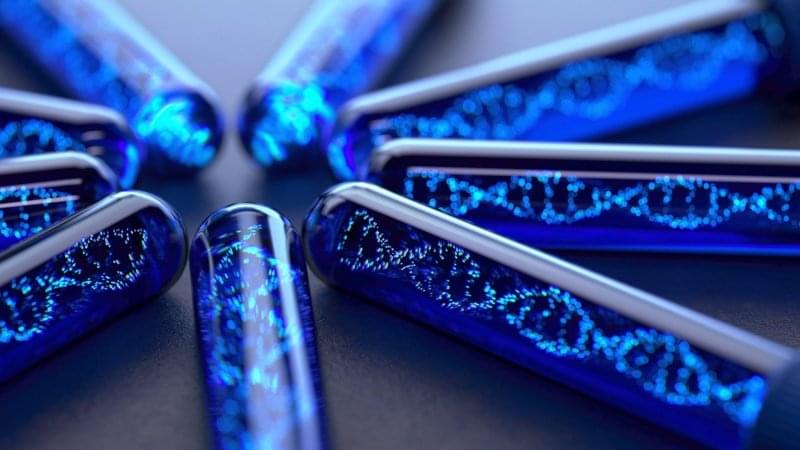
After eating up about one billion base pairs to fuel its synthetic biology and cell programming efforts, Ginkgo Bioworks is going back for seconds, with another large order from the DNA weaver Twis | After eating up about one billion base pairs to fuel its synthetic biology and cell programming efforts, Ginkgo Bioworks is going back for seconds, with another large order from the DNA weaver Twist Bioscience.
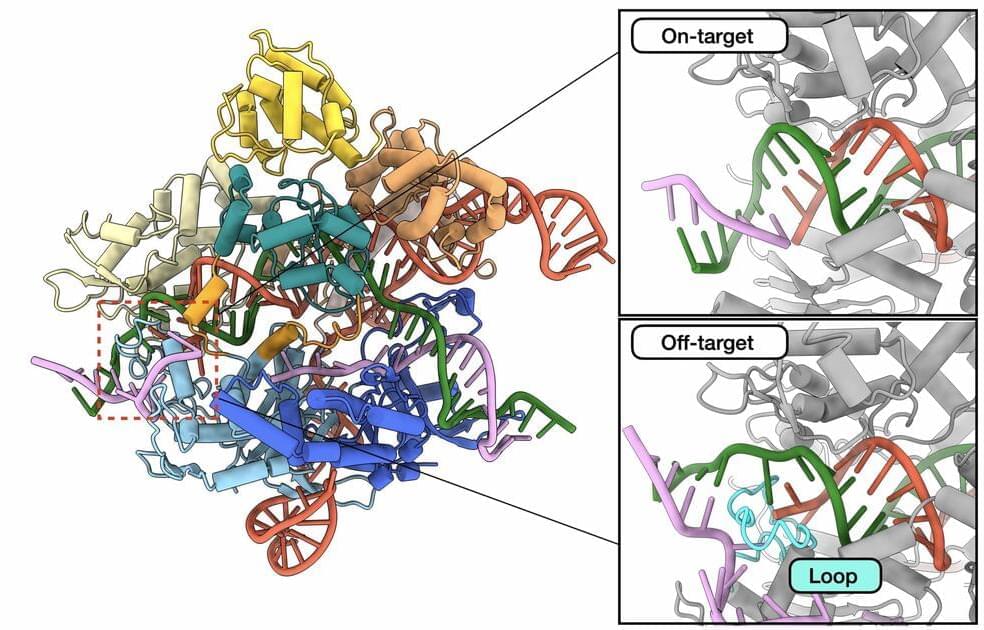
Scientists at The University of Texas at Austin have redesigned a key component of a widely used CRISPR-based gene-editing tool, called Cas9, to be thousands of times less likely to target the wrong stretch of DNA while remaining just as efficient as the original version, making it potentially much safer.
Other labs have redesigned Cas9 to reduce off-target interactions, but so far, all these versions improve accuracy by sacrificing speed. SuperFi-Cas9, as this new version has been dubbed, is 4,000 times less likely to cut off-target sites but just as fast as naturally occurring Cas9. Bravo says you can think of the different lab-generated versions of Cas9 as different models of self-driving cars. Most models are really safe, but they have a top speed of 10 miles per hour.
“They’re safer than the naturally occurring Cas9, but it comes at a big cost: They’re going extremely slowly,” said Bravo. “SuperFi-Cas9 is like a self-driving car that has been engineered to be extremely safe, but it can still go at full speed.”

Innovations in computing tech have improved the accuracy of DNA synthesis and enabled synthetic biology to work in the real world.
I don’t know about you, but I’m constantly looking for the “next big thing” in the stock market. And I think synthetic biology might just be it.
Why? If you invested just $10,000 into any of those world-changing stocks back in their early days, you’d have MILLIONS today. Forget the Iraq War, the housing crash, the European debt crisis. Forget the pandemic and the Russia-Ukraine war. Through it all, you’d have millions today.
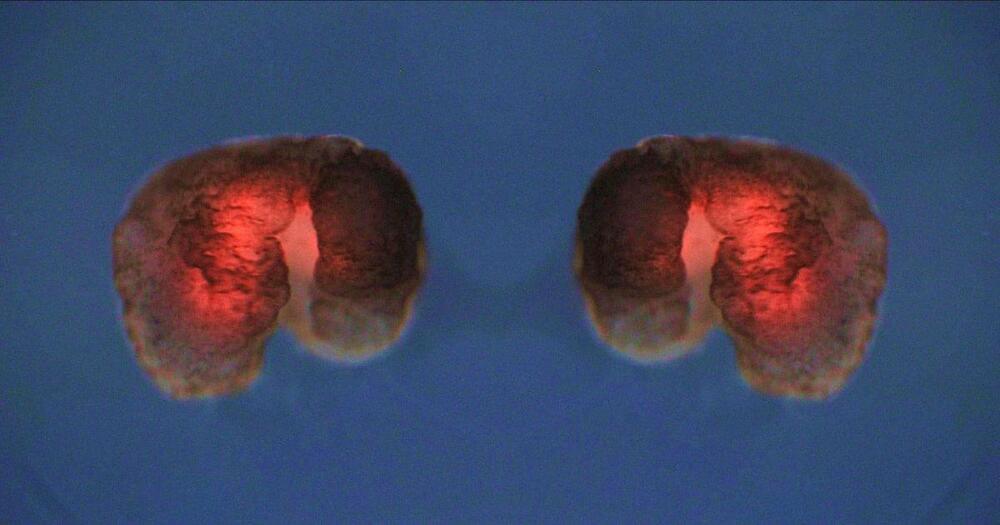
Scientists have created synthetic organisms that can self-replicate. Known as “Xenobots,” these tiny millimeter-wide biological machines now have the ability to reproduce — a striking leap forward in synthetic biology.
Published in the Proceedings of the National Academy of Sciences 0, a joint team from the University of Vermont, Tufts University, and Harvard University used Xenopus laevis frog embryonic cells to construct the Xenobots.
Their original work began in 2020 when the Xenobots were first “built.” The team designed an algorithm that assembled countless cells together to construct various biological machines, eventually settling on embryonic skin cells from frogs.
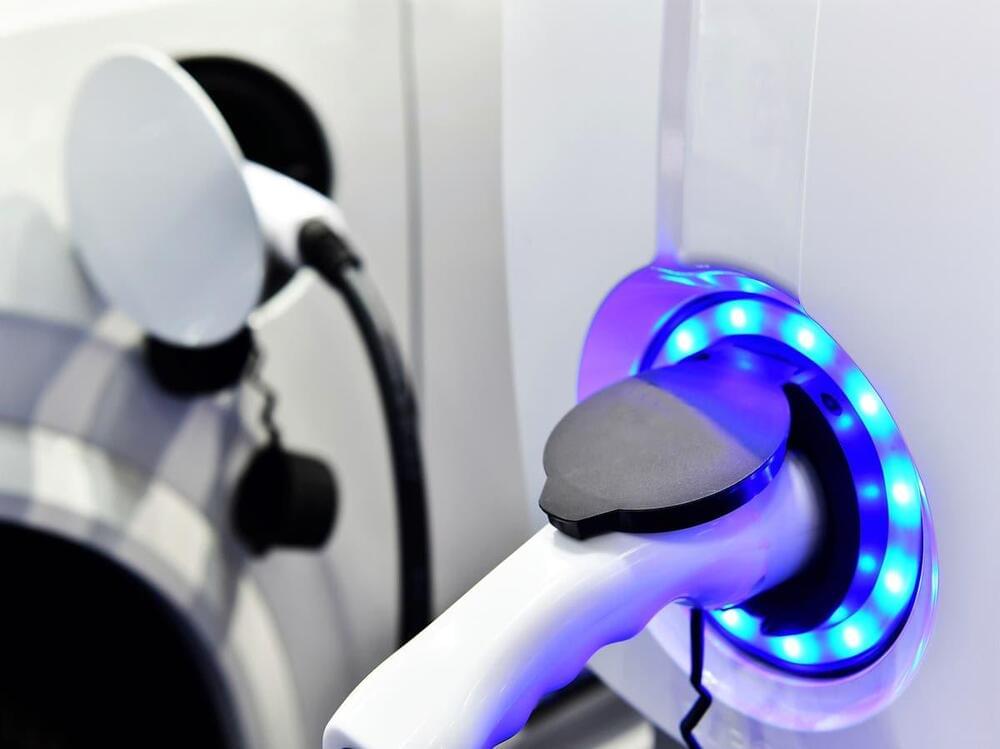
Engineers have discovered a way to more than double the lifespan of batteries used in smartphones and electric cars.
The battery breakthrough was successfully demonstrated by researchers at the University of Queensland in Australia, who increased the lifespan of a lithium-ion (li-ion) battery from several hundred charge/ discharge cycles, to more than 1,000.
“Our process will increase the lifespan of batteries in many things, from smartphones and laptops, to power tools and electric vehicles,” said Professor Lianzhou Wang from the Australian Institute for Bioengineering and Nanotechnology.